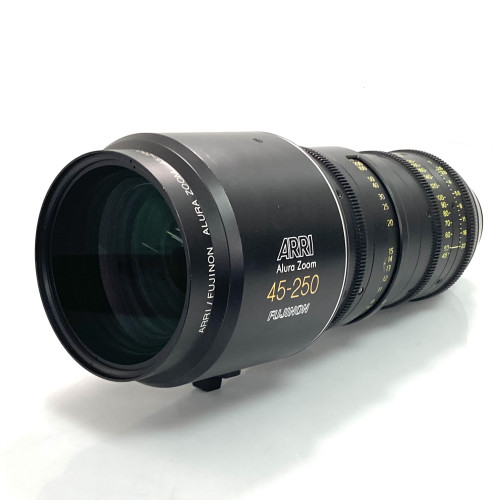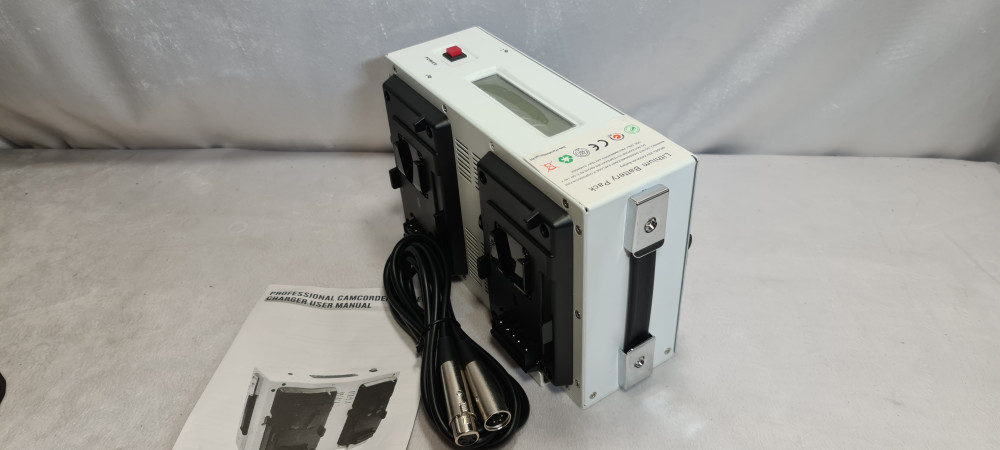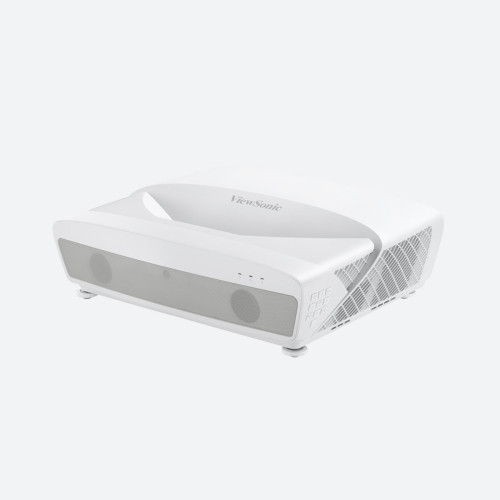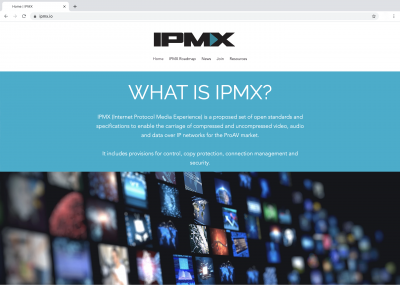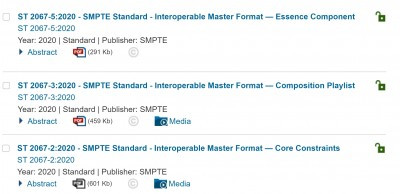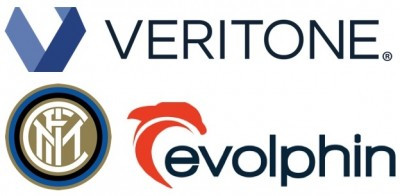by Simen Frostad Issue 101 - May 2015
Standards are conceived in abstract. They are set up and negotiated between interested parties in a process that can last several years, with each party to the negotiations pressing its own case, and the standard that emerges at the conclusion is usually compromised in some way. At worst it can simply be a lowest-common-denominator that reflects the political wrangling of the committee that spawned it. Wriggle room is usually left for different flavours of the standard, to allow for the features that one party favoured, but which conflicted with another party\'s interest.
But even at best, a standard can only reflect a snapshot - a freeze-frame of a moment in time when there was enough of a consensus in the industry about the need to do something to assist and channel innovation. The standard that emerges - good, bad or ugly - is in some senses a historical document, and the relentless advance of technology soon leaves it looking faded and tattered. Revisions and extensions to the standard may occur, but these are always implemented retrospectively in an attempt to catch up.
However, standards do give manufacturers and buyers an agreed yardstick. If a product or technology is standards-compliant, that\'s always an asset. The problem for buyers is that the compromises and the abstraction of a standard almost always mean that it doesn\'t do the whole job. In the real world, systems are complex and continually evolving. A standard does not evolve continually, and by its nature it can only address a defined and limited set of the technologies operators use. Real-world systems are always comprised of elements that are outside the scope of the standard.
What this means is that while manufacturers and buyers cling to the idea of the standard as a necessary check-box to tick, that comfort zone doesn\'t map completely on to the day-to-day reality of commercial operations. Standards don\'t take into account the reality of human resources being squeezed to deliver more in less time; and they don\'t encompass all the inter-related systems that are combined in a commercial service.
It is for these reasons that Bridge Technologies has been working for some years on a new approach to digital media monitoring. We recognised that the key standard in our industry - ETR290 - has serious limitations, and we also wanted to address those critical areas of a commercial digital media service which are outside the scope of the standard. We wanted to create a monitoring technology that delivers more value in the real world by encompassing the standard (but making it easier to use accurately), and trapping serious errors that the standard does not address.
Gold TS Reference is the result: a new technology that makes monitoring for digital services much quicker to set up, and fault-tracking much faster, more accurate and secure. Gold TS Reference includes all the checks specified in the ETR290 standard, but goes much further to include testing for critical conditions missed by ETR290, such as failures of the conditional access system, errors in the program guide, and unintended language changes. This type of error can seriously annoy subscribers, but standard monitoring systems based only on ETR290 do not raise any alert for these conditions. Services protected by Gold TS Reference catch these \'ETR290-legal\' errors and provide a much more valuable real-world quality assurance for operators of digital media services.
Catching the thief is great, but if it takes days to lay the trap that\'s not so good. Engineering departments in expanding service providers are under pressure to do more with less, so any new technology must help raise efficiency. Calibration is normally a long-winded process requiring a lot of operator input and expertise, and very few people in the industry fully understand all the intricacies of ETR290. As a result, operators generally don\'t have the time or expert knowledge to set the correct values and thresholds, and subsequently the monitoring they can achieve is less accurate and efficient than it should be, with errors going undetected, and many false positive alarms adding to the \'chaff\' produced by the monitoring system. This tends to lower the trust in the information provided by the system, and makes it difficult to detect and resolve genuine service-affecting errors.
When faults arise, efficient analysis and diagnosis is crucial to a quick resolution of the problem and the maintenance of good service levels. But in systems available until now, fault-tracking has required technical staff to wade through a large volume of analysis data, searching for the cause of the error. Tracing and resolving errors is made even harder when the test criteria set during calibration were imprecise and incomplete.
Gold TS Reference makes it very much simpler and quicker to calibrate a service, and once the service is working correctly, it creates a reference that includes all the service\'s key criteria for successful performance - including but not limited to those based on ETR290. From that point on, the stream is continually analysed and compared with the reference. Any deviation from the reference is instantly flagged for attention, and rapid fault-identification is made easy for the user by a clear presentation of the error condition, with the deviation from the reference values automatically highlighted, side by side with the correct values in the reference. The clarity of the display helps the operator focus instantly on the cause of the error, without having to wade through tables of data.
Using this reference-comparison analysis of the stream dramatically accelerates the time-to-resolve errors - typically by a factor of 10-15. In operational terms, this means that maintenance staff can monitor effectively larger numbers of streams, because they spend less time setting up the calibration, and less time tracing and resolving errors.
Gold TS Reference puts the ETR290 standard into the context of commercial operations and makes the best possible use of it. Rather than a box-ticking exercise, compliance with the standard becomes part of an effective monitoring strategy that delivers real protection for the service quality of digital media services.




